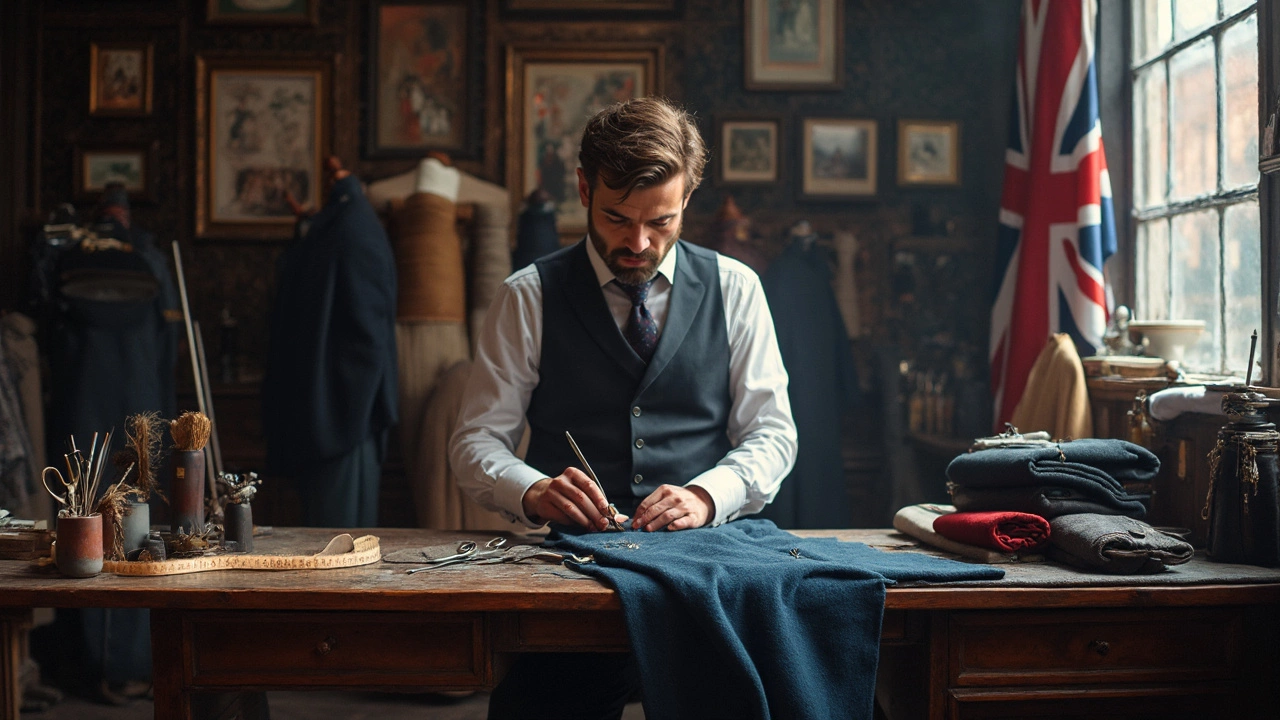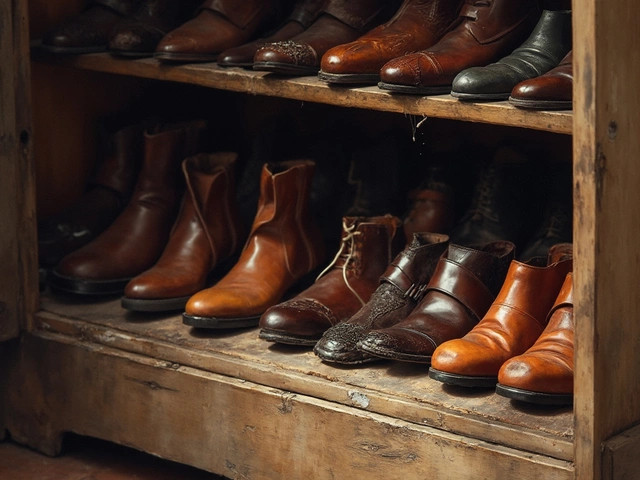Suit Quality: What Makes a Suit Really Good?
If you’ve ever wondered why some suits look sharp while others flop, you’re not alone. The difference comes down to a few clear things: the fabric, the way it’s put together, and how it fits you. Knowing these basics helps you avoid wasting money on a suit that will fall apart after a few wears.
Fabric Matters
The first thing to check is the cloth. Wool is the gold standard for most suits because it breathes, drapes nicely, and lasts a long time. Look for words like “worsted,” “flannel,” or “super 120.” The higher the number, the finer the yarn, which usually means softer feel and smoother look. If a suit is made from polyester or a cheap blend, it will feel stiff and may pill quickly.
Touch is a quick test. A good fabric feels smooth but not slippery, and it should have a slight weight to it. Light, thin material can be great for summer, but it often shows wrinkles fast. For cooler weather, a medium‑weight wool with a bit of cashmere adds comfort without overheating.
Construction & Fit
How the suit is sewn is the next big clue. Hand‑stitched or partially canvassed jackets have a little canvas layer between the fabric and lining. This gives the jacket shape, helps it drape, and lets it move with you. Fully fused jackets (glued) are cheaper and can feel stiff, especially around the shoulders.
Check the stitching. Look at the lapels, pockets, and buttonholes. Even, tight stitches mean the tailor paid attention to detail. Loose threads or uneven seams are red flags.
Fit is where most people go wrong. A good suit should hug your shoulders without pulling, and the sleeves should show about a quarter inch of shirt cuff. The jacket length should cover your seat but not extend too far down. When you button the jacket, there should be a small amount of space – not too tight, not too loose.
If you can, move around in the suit. Raise your arms, sit down, and walk. The fabric should flex, and the lining shouldn’t bunch up. A well‑constructed suit moves with you, not against you.
Details like functional cuff buttons, a hand‑stitched buttonhole on the lapel, and quality lining (often Bemberg or silk) add to the overall value. These little touches don’t just look nice; they often mean the maker used better materials throughout.
Finally, price isn’t everything, but super cheap suits usually cut corners on fabric or construction. A reasonable price for a solid wool suit with half‑canvas construction is around $400‑$800. Anything far below that is likely a shortcut.
When you shop, bring a friend or use a mirror to see the suit from all angles. Think about where you’ll wear it most – a business meeting, a wedding, or everyday office wear. Matching the suit’s weight, fabric, and style to the occasion helps you get the most out of your purchase.
In short, good suit quality comes down to three things: solid fabric, proper construction (especially canvas), and a fit that feels natural. Keep these points in mind, and you’ll be able to pick a suit that looks great now and lasts years.

Spotting the Difference: Cheap vs. Expensive Men's Suits
Knowing how to differentiate between a cheap suit and an expensive one can elevate your style game. From examining the fabric to understanding stitching techniques, details matter. The lining, buttonholes, and even the suit's weight can speak volumes about its quality. This guide will help you spot key differences, ensuring you make informed decisions when investing in a suit.




